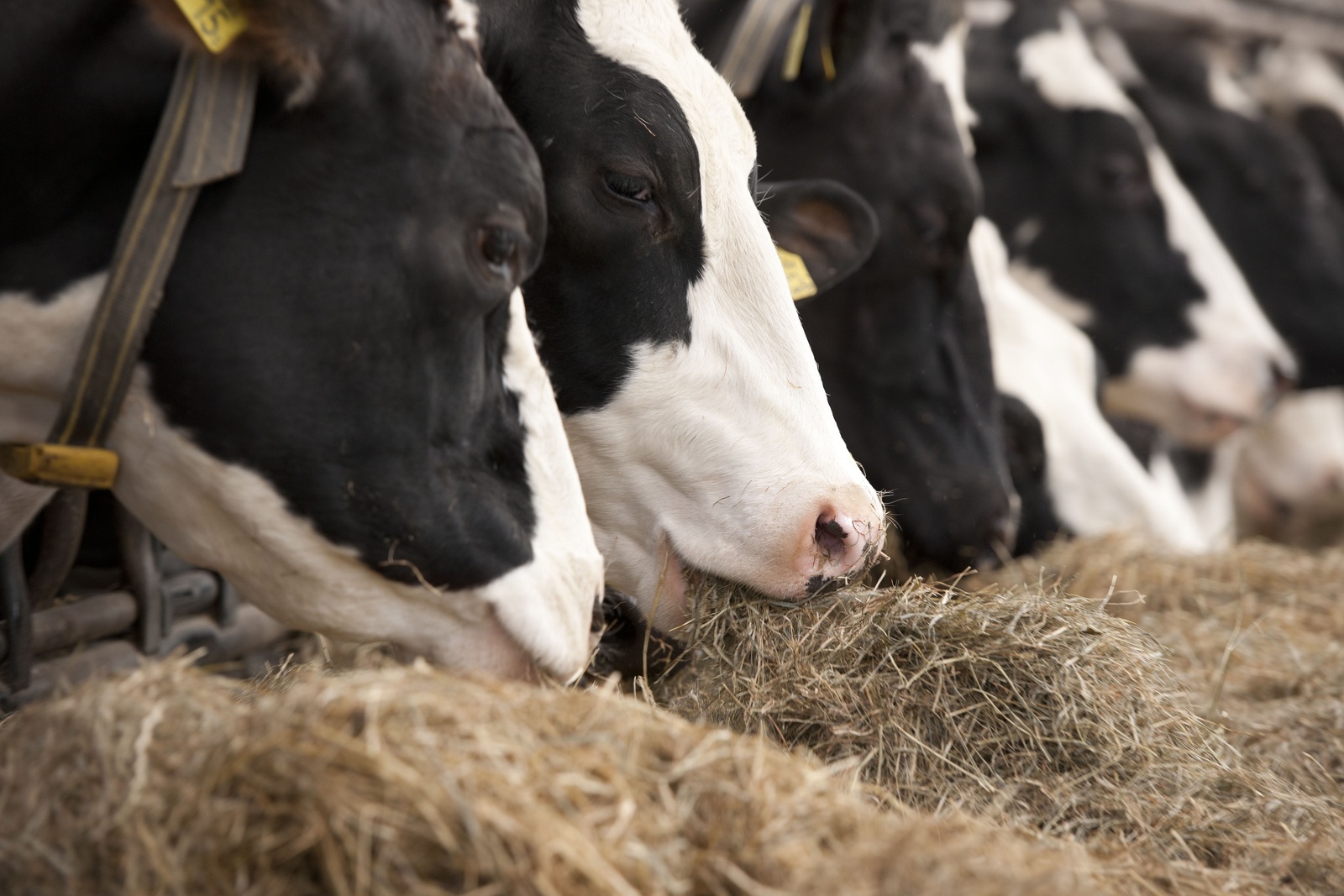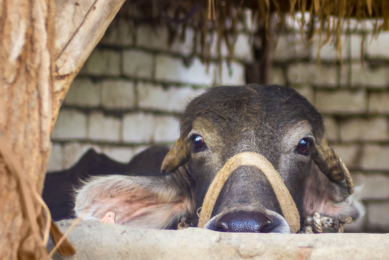Evonik starts up methionine production in USA

Evonik started up Mepron production at the Mobile, Alabama, site in the US, today. The product is a formulation of the amino acid methionine specially developed for dairy cows.
“With this investment we strengthen our position in North America as a leading company to offer innovative solutions to the market. This investment opens up new growth opportunities for the Animal Nutrition business and for Evonik in North America,” says Dr. Ralph Sven Kaufmann, Member of the Executive Board and Chief Operating Officer of Evonik.
US important market
“The Unites States is our most important sales market for Mepron,” explains Dr. Emmanuel Auer, head of the Animal Nutrition Business Line at Evonik. “So, it was important for us to serve our customers out of our new own production facility.” The US has the world’s largest stock of high-yielding dairy cows and produces about 12.5 percent of the world’s milk.
High-yielding dairy cows
High-yielding dairy cows have particularly high methionine requirements. In conventional animal feeding such requirements are covered by protein-containing feeds. In contrast, the use of Mepron in dairy cow rations allows the amount of crude protein in feeds to be reduced, with no loss of output. This in turn reduces feed costs, eases metabolism in the animals, and reduces nitrogen excretion. “In this way we’re contributing to more sustainable milk production, from which all sides benefit,” says Auer.
Specially packaged for ruminants
Methionine counts among what are known as essential amino acids, which higher organisms must ingest with their food. Without adequate methionine dairy cows cannot optimally metabolize the protein in their feeds. In contrast to the situation for pigs and poultry, however, methionine must be specially “packaged” for ruminants so that it reaches the small intestine of the cow, where it can be absorbed. Without such a protective coating it would be degraded by microorganisms already in the first stomach.











